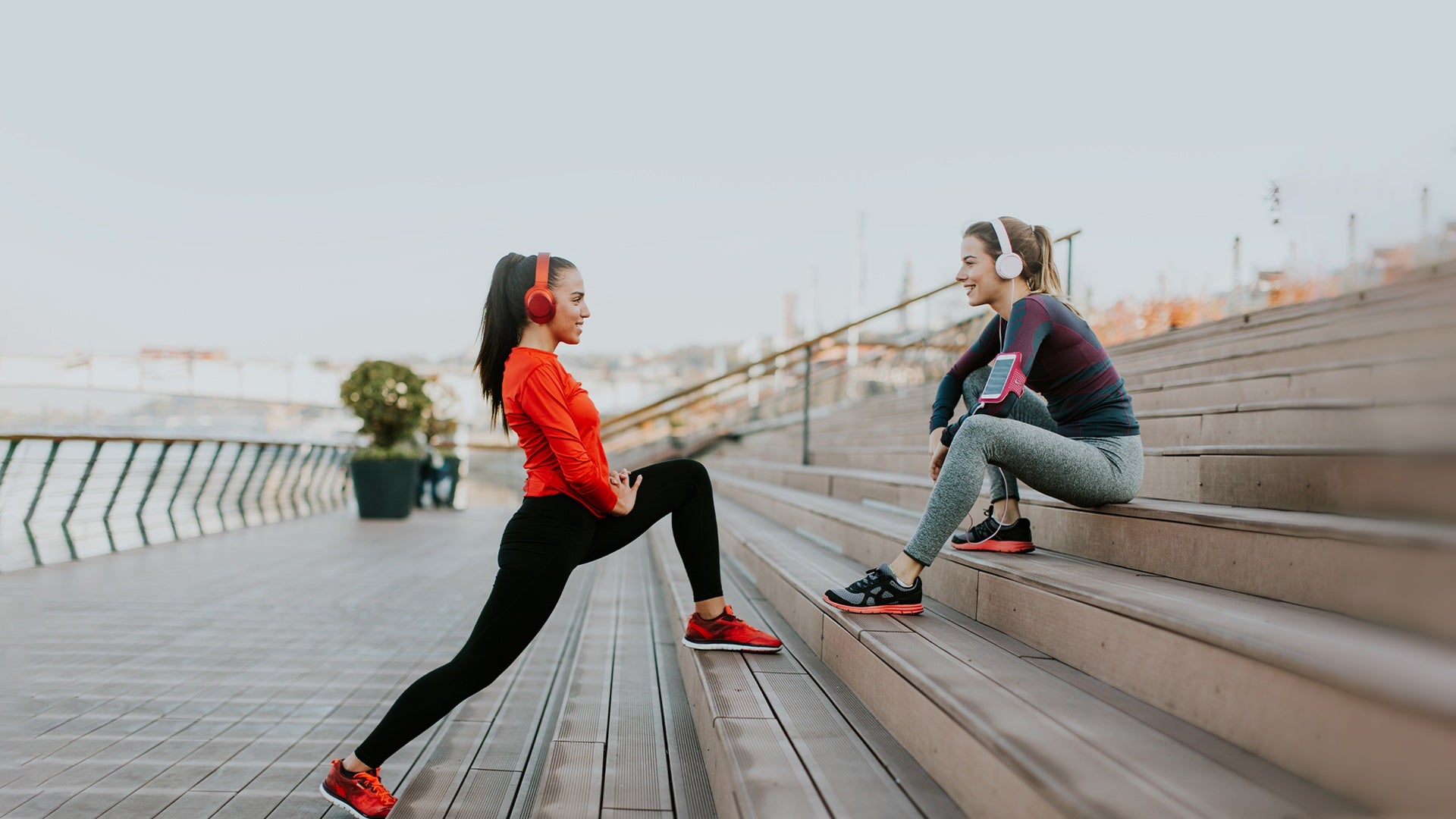
Iron deficiency - How to recognize it & what you can do against it
Tiredness, exhaustion, hair loss – these can all be signs of an iron deficiency. Particularly women, vegetarians, athletes, and seniors are more prone to low iron levels. Iron is one of the most important trace elements, playing a crucial role in maintaining a good mood and performance, among other health benefits. Ensuring you get enough iron should be a top priority.
When you have an iron deficiency, the number of iron-containing red blood cells decreases. Although the body can recycle iron from degraded blood cells, certain amounts are still lost through dead cells in the gastrointestinal tract and minor bleeding. This makes it essential to regularly consume iron-rich foods to maintain healthy levels.
In this post, we will explore how to identify the symptoms of iron deficiency and discuss ways to prevent it.
The Vital Functions of Iron in the Body
Iron is a vital trace element with many important functions in our body, including:
- Essential for oxygen transport
- Strengthens the immune system
- Promotes concentration
- Keeps nails, hair, and skin healthy
- Ensures a functioning immune system
Types of Iron Deficiency
An iron deficiency occurs when more iron is consumed or excreted than the body absorbs, resulting in a negative iron balance. Depending on the severity of the deficiency, it can be classified as mild, moderate, or severe, each having different impacts on health.
Mild Iron Deficiency
In a mild deficiency, the body’s iron stores are depleted, but red blood cell formation is not yet affected.
Moderate Iron Deficiency
Moderate deficiency is characterised by the onset of anaemia, where the body begins to produce fewer red blood cells.
Severe Iron Deficiency
Severe deficiency, or iron deficiency anaemia, occurs when the body produces significantly fewer red blood cells due to a lack of iron, leading to serious health effects.
Causes of Iron Deficiency
Iron deficiency can result from three main factors:
- Dietary insufficiency
- Increased iron loss
- Increased iron requirements
Typical Symptoms of Iron Deficiency
Common iron deficiency symptoms include:
- Dizziness
- Headaches
- Exhaustion & fatigue
- Nervousness
- Pale skin
- Dry & rough skin
- Weak immune system
- Brittle & cracked nails
- Hair loss
- Cracked corners of the mouth
- Cardiac arrhythmia
- Loss of appetite
- Muscle atrophy
Iron Requirements by Age and Gender
Your daily iron requirement depends on factors such as age, lifestyle, and diet. In general, women have a higher iron requirement than men due to menstrual blood loss. Here’s a quick guide:
- Adult males (15-65 years and older): 10-12 mg
- Adult females (15-51 years): 15 mg
- Females (51-65 years and older): 10 mg
Pregnant and breastfeeding women require more iron. It’s advisable to consult a doctor for personalised advice and to check for iron deficiency.
How to Prevent Iron Deficiency
1. Diet: Incorporating Iron-Rich Foods
Including iron-rich foods in your diet is key to preventing deficiency. Here are some examples:
Animal sources of iron:
- Egg yolk: 7.2 mg
- Beef: 2.6 mg
- Chicken: 1.3 mg
- Sardines: 2.9 mg
- Tuna: 0.8 mg
Plant sources of iron:
- Turmeric: 40 mg
- Wheat bran: 16 mg
- Oatmeal: 5.8 mg
- Lentils (dried): 8 mg
- Chickpeas: 6.2 mg
- Beans: 6.1 mg
2. Combine Iron with Vitamin C
To enhance iron absorption, especially from plant-based sources, combine your iron intake with vitamin C. This can increase absorption by two to four times.
3. Avoid Foods That Hinder Iron Absorption
Certain foods can inhibit iron absorption, such as:
- Black and green tea, coffee
- Milk
- Cola and other phosphate-containing foods
- Rhubarb, spinach, beetroot
- Cereals, rice, soy
4. Consider Iron Supplements
The most reliable way to ensure adequate iron intake is through supplements. Iron supplement benefits include improved energy levels and prevention of anaemia symptoms in women. Our iron supplement is combined with vitamin C for optimal absorption. Take it before breakfast for the best results, and ensure you wait at least two hours after a meal if taken later in the day.
Have You Had Enough Iron Today?
Iron is one of the most important trace elements and should be a regular part of your health routine. Ensure you’re eating iron-rich foods or consider iron supplements to maintain healthy iron levels. And remember: always pair your iron intake with vitamin C for the best absorption!



